In today’s fast-paced and demanding world, burnout has become a prevailing issue that affects individuals across various professions and industries. The experience of burnout is characterized by a lack of energy, exhaustion, apathy towards one’s job, decreased productivity, and a sense of cynicism. Initially, the COVID-19 pandemic brought about unique challenges, with many individuals suddenly transitioning to remote work or continuing to work in highly unusual circumstances. However, as the pandemic persists, the long-term consequences of these adjustments are starting to emerge. It is crucial to understand the impact of burnout not only at an individual level but also from a societal perspective. In this article, we will explore new directions in burnout research, the role of cognition in burnout, the development of burnout over time, contextual antecedents of burnout, and strategies for the prevention of and recovery from burnout.
The Evolution of Burnout Research
Burnout has been a subject of research for over 50 years, and while significant progress has been made in understanding its prevalence, predictors, and outcomes, there are still unresolved issues that require further investigation. The concept of burnout originated in the 1970s, but it remains a contemporary problem due to ongoing environmental stressors and challenges faced by employees and organizations. As such, it is essential to continue stimulating knowledge in this field and encourage high-quality research and evidence-based practices.
The Role of Cognition in Burnout
One area that warrants exploration is the role of cognition in burnout research. While burnout is often associated with emotional exhaustion, cognitive factors also play a crucial role. Understanding the impact of cognitive impairments on burnout can provide valuable insights into its development and potential interventions. Cognitive impairments can manifest as difficulties in concentration, memory problems, and decreased decision-making abilities. Research focusing on cognitive factors can shed light on the underlying mechanisms of burnout and help develop targeted interventions to mitigate its effects.
The Development of Burnout Over Time
Burnout is not a static condition but rather a dynamic process that evolves over time. Longitudinal studies are essential for understanding how burnout develops and changes in individuals. By examining the trajectory of burnout, researchers can identify critical periods and risk factors that contribute to its onset and progression. Additionally, longitudinal studies can provide insights into protective factors and effective coping strategies that individuals employ to prevent or recover from burnout. Understanding the temporal dynamics of burnout can inform the development of timely interventions and support systems.
Contextual Antecedents of Burnout
While burnout is often associated with certain occupational groups, it is vital to recognize that individuals in various professions and industries can experience burnout. However, discussions and research on burnout tend to focus on occupations associated with a specific educational or socioeconomic level. This leaves out individuals in roles such as cleaners, supermarket workers, or those juggling multiple jobs. Their work may be objectively more challenging, yet they may not have the luxury to acknowledge or talk about burnout. Exploring the contextual antecedents of burnout across different occupations can promote a more inclusive understanding of burnout and help tailor interventions to address the specific challenges faced by different groups.
Prevention and Recovery from Burnout
Prevention and recovery strategies are critical components of addressing burnout effectively. Recognizing the signs of burnout and implementing proactive measures can help prevent its onset. Employers and organizations play a crucial role in creating a supportive work environment that promotes work-life balance, provides opportunities for rest and rejuvenation, and encourages open communication. Individual-level interventions, such as mindfulness practices, exercise, and self-care, can also contribute to preventing burnout. Additionally, recovery strategies are essential for individuals who are already experiencing burnout. Taking breaks, seeking social support, engaging in activities outside of work, and seeking professional help can aid in the recovery process.
Conclusion
Burnout continues to be a significant concern in today’s society, affecting individuals across various professions and industries. While progress has been made in understanding burnout, there are still many areas that require further exploration. Research on the role of cognition in burnout, the development of burnout over time, contextual antecedents of burnout, and strategies for prevention and recovery can contribute to a comprehensive understanding of burnout and the development of effective interventions. By addressing burnout from both an individual and societal perspective, we can create a healthier and more sustainable work environment for everyone.
Disclaimer: The information provided in this article is for informational purposes only and should not be considered as professional advice. If you are experiencing burnout or related symptoms, please consult with a qualified healthcare professional or seek appropriate support.
[/et_pb_text][/et_pb_column][/et_pb_row][/et_pb_section]

